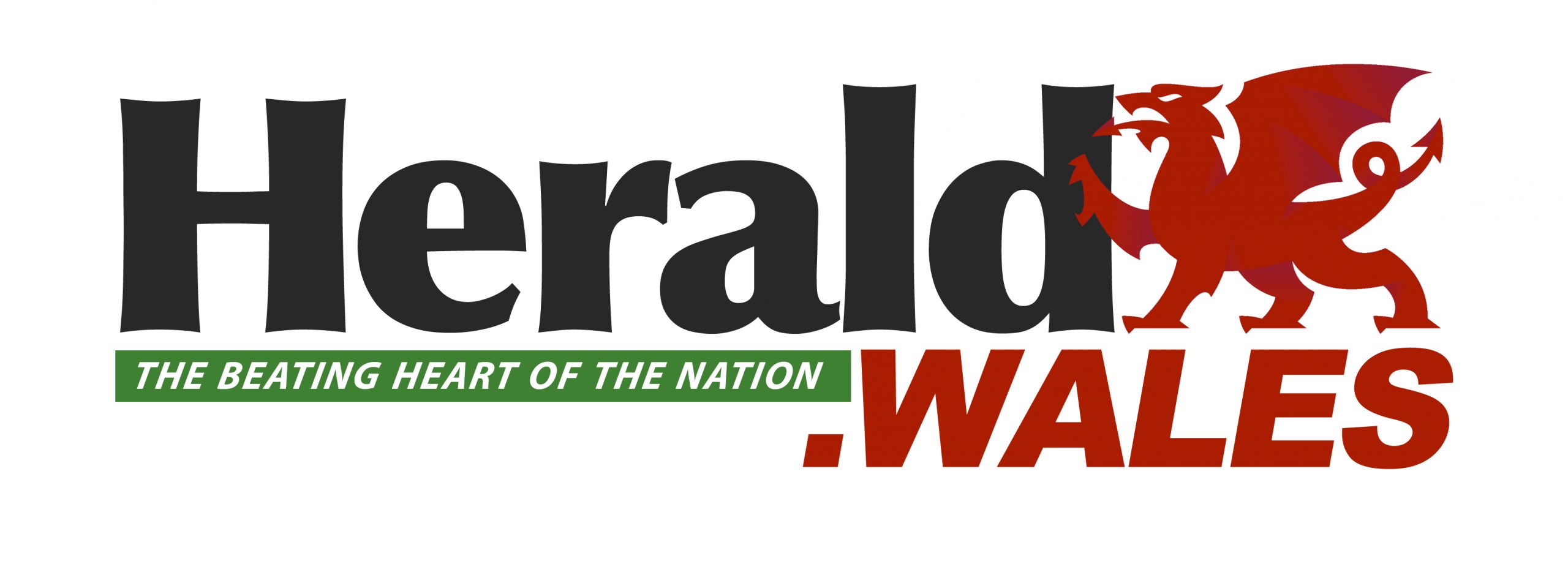COUNCIL tax arrears in Wales have more than tripled over the last decade and now exceed £160 million.
When householders miss council tax payments they are in arrears. As well as the stress this can cause, it’s money owed to 22 local authorities for a range of services like adult social care, kerbside waste collection and maintaining parks.
At the close of 2014-15, arrears stood at £47.9 million in Wales. At the end of the 2024-25 financial year they had shot up to £160.2 million, according to newly-published Welsh Government data.
Figures are also collected on outstanding council tax. A Welsh Government spokeswoman said this consisted of missed “in-year” payments as well as arrears for earlier years.
The running total for outstanding council tax at the end of 2024-25 was £263 million in Wales – again more than triple the figure of £83.9 million a decade previously.
Local authorities set their level of council tax every year and it has been rising. There are various discounts and reductions, for example if you are disabled, live in a low-income household or live alone.
Council tax bills include a police precept, which is set by police and crime commissioners subject to approval by police and crime panels. These have been increasing too. The bills can also comprise a community council precept depending on where you live.
Consumer charity Citizens Advice describes council tax as a priority debt which should be addressed before debts like credit cards. The Welsh Local Government Association (WLGA), which represents councils, said people struggling to pay their council tax should contact their local authority straight away.
Swansea Council had the highest level of arrears and outstanding council tax in Wales at the close of 2024-25 – £17 million and £26.3 million respectively, to the nearest decimal place. It also wrote off the highest amount of arrears – £1.4 million.
Also at the high end were Gwynedd Council’s arrears, at £13.4 million. Its outstanding council tax was £21.6 million. Cardiff Council’s arrears were £13.3 million and its outstanding council tax £26.1 million.
Larger, more populated councils like Swansea and Cardiff are likely to have higher overall arrears but this may not be the case in terms of arrears per household. Swansea Council said it was fifth highest in Wales by a per household measure.
Asked about its arrears, a Swansea Council spokesman said: “The figures quoted are a snapshot in time and in the longer term we collect almost all of what is owed.
“We intentionally take a more progressive approach to debt recovery than other councils and give people more time to get out of arrears, which helps them prevent falling into higher levels of debt.
“This is proving to be a very effective strategy and we recovered over £13 million of debt last year. However, we will use court action to recover debt whenever we have to.”
He added: “We accept that in the current cost of living crisis, the collection of council tax may be slower that we would like in some cases. But we will continue to pursue the debt until it is either paid, or all appropriate avenues of recovery currently available to us have been exhausted.”
Swansea Council and Carmarthenshire Council talk more about their actions and strategies below.
Another way of assessing council tax collection is by looking at collection rates. In Wales, 95.6% of total council tax set by local authorities was collected in 2024-25, but it varied from area to area.
Neath Port Talbot Council topped the collection rate with 97.7%, Gwynedd’s figure of 92.9% was the lowest, while Swansea’s was 94.5%.
A decade ago council tax collection rates averaged 97.2% in Wales, 1.6% higher than currently. Major shocks such as the Covid pandemic, the energy price spike partly caused by Russia’s invasion of Ukraine in 2022 and wider inflationary pressures have significantly affected people’s household finances since then, although wages have also increased.
Although collection rates have only dropped 1.6% during a period when arrears have more than tripled, council tax has soared.
In 2024-25, the total council tax set by the 22 authorities was £2.33 billion compared to £1.28 billion 10 years previously – a rise of 82%, although again it varies from council to council. And, if you collect a lower proportion of a much bigger figure, the resulting number will be pretty large.
The 82% increase over the decade doesn’t mean an average annual council tax rise of 8.2% because each increase is embedded into that year’s council tax total and every year after. So the next year’s increase is based on a new, larger amount.
The WLGA said local authorities planned for a certain level of council tax non-collection each year as well as taking into account discounts and reductions available to some households. Swansea Council said it actually collected more last year than it initially assumed it would.
Asked how councils made up for the lost council tax revenue, the WLGA said it was a mixture of service cuts and reduced financial resilience.
The WLGA said it advocated a reform of council tax – which is a tax on domestic property – including revaluing properties and making the system more progressive. This is likely to happen with the passing of the Local Government Finance (Wales) Act last year, although there will be losers as well as winners.
“The current system is based on outdated property values from 2003 and doesn’t reflect the real housing market today,” said a WLGA spokesman.
“We support the aim to make council tax more progressive, so that what people pay is more closely linked to what their homes are actually worth. We want any changes to be carefully planned, involve local communities, and come with protections for households who may face higher bills as a result.”
Last year’s legislation allows for property re-evaluations every five years in Wales, starting from 2028. The Welsh Government has said it sought to share the burden more evenly rather than raising more taxation.
Asked about the latest council tax arrears figures, a Welsh Government spokeswoman pointed out the still relatively high collection rates in Wales, and added that its council tax reduction scheme provided around £244 million of support for nearly 260,000 low income and vulnerable households.
She added: “Many families are still feeling the impacts of a challenging economic position in recent years.”
Councils get the bulk of their funding from the Welsh Government, via an annual settlement called the revenue support grant and a share of business rates, not council tax.
For example council tax bills in Swansea came to £169 million in 2024-25, according to the Welsh Government data. Although the council didn’t budget to collect all of this, the £169 million was to help fund day-to-day expenditure of £590.8 million. As an aside a council’s gross budget, which includes rents, fees and other specific grants, is a lot higher.
Councils say they face growing financial pressures, such as greater demand and complexity in social care coupled with an ageing population, rising education costs and more demand for housing, and that increases in central Government funding haven’t been keeping pace.
Meanwhile, proposals to cut services such as libraries or increase car parking charges to avoid higher council tax hikes are politically awkward for councillors.
No-one knows if council tax levels will see another 82% rise in a decade’s time. The early signs aren’t promising for those struggling to pay as the average increase across Wales this financial year, which began on April 1, was 7.2% – the highest uplift since 2003.
If you are struggling to pay council tax, the Welsh Government’s advice is to contact its advice services through Advice Link Cymru and check whether help is available. The WLGA urged people to contact their council immediately.
Asked if it would it be fair to assume that arrears would keep rising the more council tax went up, the WLGA said: “It may certainly be a factor which is why we push for fair and sustainable funding from the Welsh Government.”















